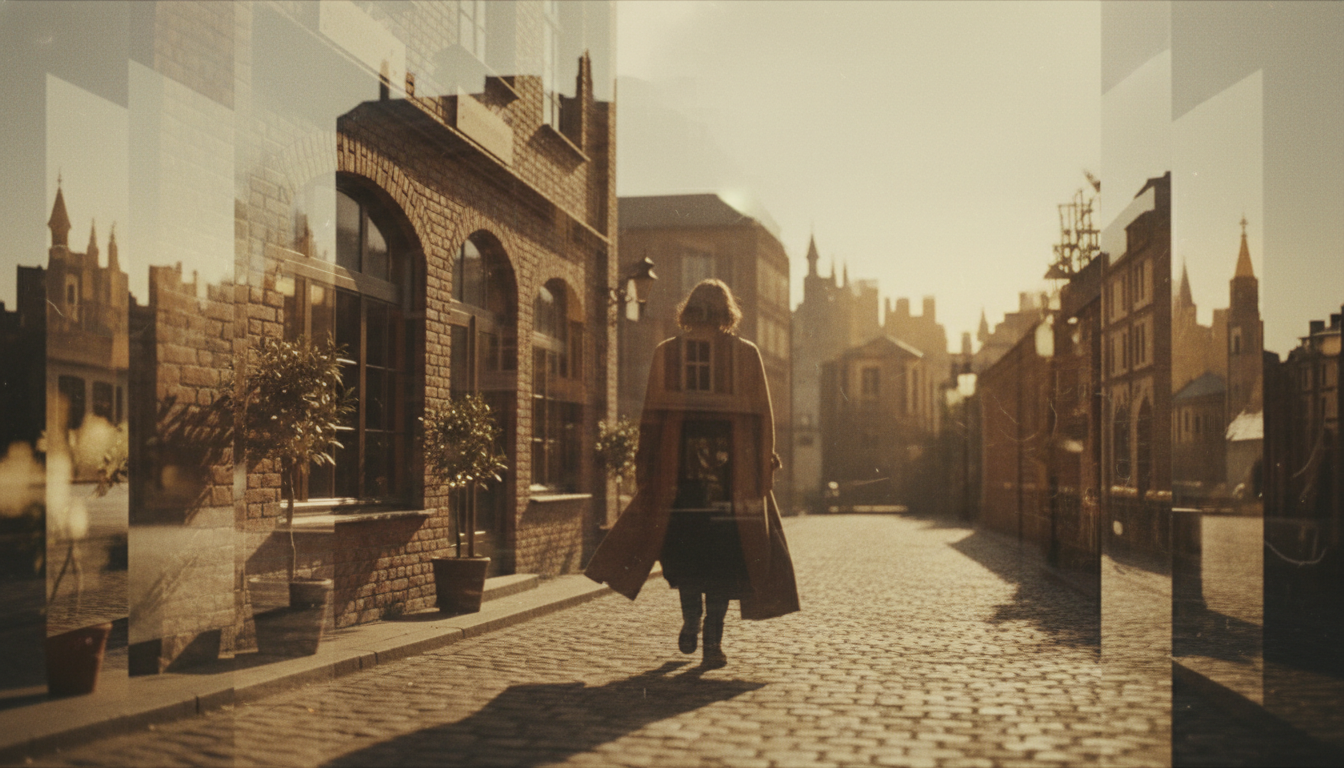CoopeAI combines text-to-image, image editing, image-to-video and article generation into a single, multi‑modal workflow. For creators and product teams aiming to scale visual output, CoopeAI promises a streamlined pipeline where conceptual prompts become polished assets and short videos with fewer handoffs.
Why CoopeAI matters for creators and small teams
The value proposition is operational: reduce friction between ideation and final media. Instead of juggling separate tools for image generation, editing, and video compositing, CoopeAI centralizes these steps. That lowers coordination cost, shortens iteration cycles, and makes A/B testing of visual styles feasible at scale. For social teams and indie studios, time savings translate directly into velocity—more thumbnails, shorter promos, more variants for ad optimization.

How CoopeAI’s multi-modal pipeline typically works
CoopeAI combines four linked capabilities:
- Text-to-image: generate base visuals from natural-language prompts.
- Image editing: refine content, adjust composition, remove artifacts, or retouch characters.
- Image-to-video: animate stills with camera moves, parallax, motion synthesis or frame interpolation.
- Article generation: produce scripts, captions and SEO-ready descriptions tied to the visual output.
This pipeline enables a single prompt to yield an article, a hero image, and a short video—useful for publishers and marketing teams. For reference, market leaders like Runway and Synthesia emphasize similar end-to-end experiences, though each focuses on different strengths (creative control vs. avatar/video compositing).

Practical workflows you can implement today
-
Rapid content kit: prompt → generate 3 variant images → refine best image → produce 10–15s promo via image-to-video → generate caption and hashtags with article module.
-
Asset-first iteration: create layered images (foreground, midground, background), export depth maps, then feed them into image-to-video for realistic parallax and camera moves—this delivers perceived production quality without full 3D work.
-
Template automation: build prompt templates for brand-safe colors, fonts, and framing; use article generator to produce metadata for SEO and scheduling.
These workflows let small teams simulate a mini production pipeline using a single interface, accelerating campaigns from concept to publish.

Limitations, quality trade-offs, and governance
- Consistency at scale remains challenging: character likeness and brand-accurate colors often drift across generations. Use reference images and strict prompt templating.
- Temporal coherence in longer clips can degrade; image-to-video approaches work best for short-form or stylized motion, not complex narrative continuity.
- Legal and ethical risk: model outputs may hallucinate copyrighted elements or generate realistic likenesses. Establish review gates and rights-checking workflows.
- Compute and cost: multimodal pipelines can be resource‑intensive—budget for rendering time and storage.
Organizations should combine technical safeguards (watermarking, provenance metadata) with policy rules (approved prompt lists, human review) to manage these risks.
Integration and production tips for teams
- Treat CoopeAI as a rapid prototyping layer: export high-quality frames for final polishing in a traditional NLE when necessary.
- Use generated articles as structured drafts: feed them into your CMS with checklist-based human editing to ensure brand voice and factual accuracy.
- Build CI/CD for creative: keep prompt and style templates in version control, track model versions, and log generation parameters so teams can reproduce or rollback visual styles.
Final perspective: where this fits in the industry stack
CoopeAI is part of a larger shift toward unified multimodal platforms that reduce context-switching between creative tools. For marketers and small studios, that shift democratizes certain production tasks. For enterprise media, the tool becomes a rapid idea-to-proof channel rather than a final delivery pipeline. Expect the next 12–24 months to bring tighter controls, better temporal coherence, and stronger integrations with editorial systems and rights management.
For more established references on multimodal video progress and product direction, see Runway and Synthesia.